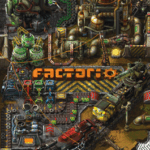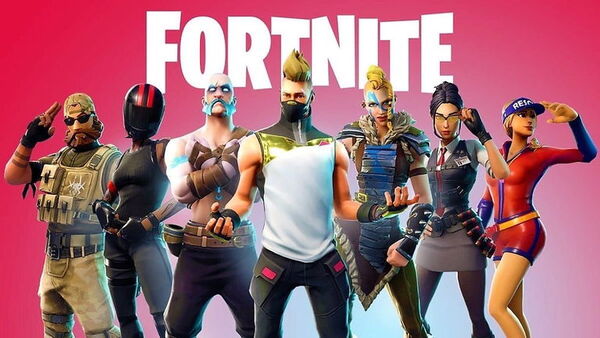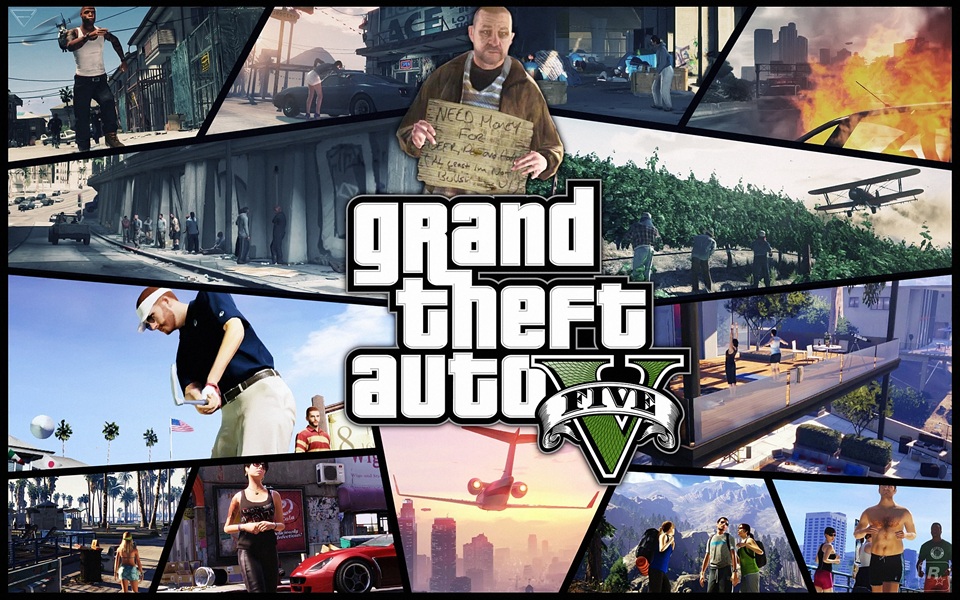Arma Reforger is Bohemia Interactive’s bold next step in military simulation gaming. Serving as both a technical preview and a standalone experience, it bridges the gap between Arma 3 and the long-awaited Arma 4. Built on the new Enfusion engine, Arma Reforger introduces a modern foundation for the franchise while returning to Cold War-era roots on the fictional island of Everon.
With a strong emphasis on modding, a streamlined gameplay loop, and a complete overhaul of physics, visuals, and networking, Reforger is more than a stopgap—it’s a proving ground for ideas, tech, and design decisions that will shape the future of tactical military games.
In this article, we explore what Arma Reforger brings to the table, how it differs from its predecessors, what it gets right, and where it falls short for both veterans and newcomers.
1. The Concept: Between Evolution and Experiment
Bohemia Interactive released Arma Reforger in May 2022 as an early access project, setting expectations early: this is not Arma 4. Instead, it’s a stripped-down, experimental platform for testing the Enfusion engine, multiplayer backend, and modding tools.
The decision to focus on a limited gameplay scope with high-fidelity systems was deliberate. It’s a controlled environment where community feedback plays a vital role in shaping future Arma development.
By going back to the Cold War and rebooting familiar terrain, Bohemia allows players to focus on fundamentals—gunplay, communication, logistics—without the clutter of modern tech or bloated systems.
2. Setting: Welcome Back to Everon
Fans of Operation Flashpoint will immediately recognize Everon, the iconic fictional island now rebuilt with unprecedented detail. Set in the 1980s during heightened U.S.-Soviet tensions, Everon is rich with forests, villages, and strategic terrain.
The 52-square-kilometer island feels alive thanks to dynamic weather, improved lighting, and detailed terrain modeling. It provides a perfect sandbox for infantry maneuvers, base-building, and vehicle operations.
This return to Cold War simplicity grounds gameplay and reinforces the slower, more deliberate pacing Arma is known for.
3. Gameplay Focus: Conflict Mode
The main multiplayer mode, Conflict, is an objective-based, team-versus-team experience. Players join either the U.S. or Soviet faction and capture key areas, build forward operating bases, and maintain logistics lines.
Conflict mode encourages teamwork, squad coordination, and logistics—just as in classic Arma. Players are responsible for setting up radios, managing supplies, and maintaining vehicles and outposts.
It strips away the complex mission editor or heavily scripted campaigns of previous titles in favor of emergent multiplayer engagements, putting players at the center of dynamic battlefield scenarios.
4. Gunplay, Movement, and Mechanics
Arma Reforger completely overhauls character animation, aiming, and weapon handling. The new physics-based animation system provides smoother transitions, more realistic weapon sway, and better recoil.
Movement feels heavier and more responsive. Players can lean, crawl, vault, and sprint with greater fluidity, and weapon manipulation feels closer to a mil-sim than ever before.
While some features from Arma 3 are missing—like advanced medical systems and ballistic calculators—the core combat is tighter, more immersive, and closer to modern FPS expectations.
5. Vehicles and Logistics
Although limited in variety compared to Arma 3, Reforger includes light and medium vehicles like jeeps, trucks, and utility transports. Each has accurate physics, interiors, and operational behavior.
Players are expected to manage fuel, ammunition, and repairs. Building support infrastructure becomes crucial in longer matches, reinforcing the logistical backbone of large-scale military operations.
The limited vehicle pool is intentional, allowing the developers to focus on refining systems rather than volume. Future updates will likely expand this roster significantly.
6. Game Master Mode and Scenario Creation
Game Master mode allows players to become live mission directors, placing units, vehicles, objectives, and events in real time. This feature is a spiritual successor to Arma 3’s Zeus mode, providing near-instant battlefield control.
With Game Master, dynamic scenarios can unfold without scripting. One moment, your squad is patrolling a quiet village. The next, the sky is full of paratroopers and an ambush begins.
This mode is especially powerful for community-run servers, roleplay units, or content creators looking to orchestrate cinematic battles or surprise players with unscripted twists.
7. Modding Support and the Enfusion Engine
One of Arma Reforger’s biggest strengths is its modding infrastructure. Through the Workbench tool, modders can create assets, tweak gameplay systems, or introduce entirely new modes.
Mods are shared through the Bohemia Workshop, integrated directly into the game’s interface. Players can install and load mods easily without digging into folders or command lines.
While modding tools are complex and still evolving, this ecosystem lays the groundwork for what Arma 4 can become—a community-driven tactical playground.
8. Visual and Audio Overhaul
Thanks to the Enfusion engine, Arma Reforger boasts a massive leap in graphics. Lighting, terrain deformation, material systems, and character models are more lifelike and dynamic than in any previous Arma title.
Audio design has also seen significant improvements. Gunshots echo realistically, footsteps vary depending on the surface, and environmental sounds like wind or distant artillery add to immersion.
Though not quite AAA-polished, the audiovisual presentation feels modern and sets a new bar for large-scale military sims.































